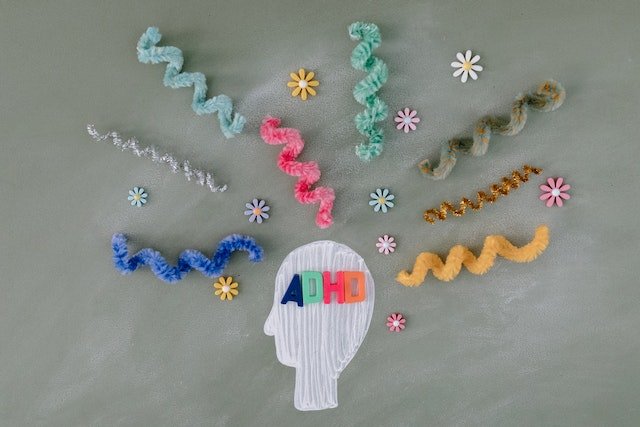Examples of Sensory Issues with ADHD
ADHD can impact people differently, whether you’re dealing with it as a child or an adult. Most people understand some of the common symptoms. Things like fidgeting, difficulty concentrating, and acting without thinking are fairly standard signs of the condition. However, children with ADHD might also experience sensory processing problems.
What does that mean?
Children with ADHD who have difficulties receiving and processing information might struggle with inappropriate responses to certain stimuli. They might also experience academic struggles as a result.
Let’s take a closer look at some of the sensory issues associated with ADHD, how to identify them, and what you can do to help your child if they’re struggling.
What Are Sensory Issues?
We often associate sensory issues with kids who have been diagnosed with conditions like autism. However, both autism and ADHD are considered neurodivergent conditions. So, it makes sense that both are associated with sensory issues.
But what are sensory issues, exactly?
They’re problems related to the general processing of information from the senses. Things like sights and sounds can often become overwhelming for people with sensory issues, which is why you might sometimes see children with those issues wearing sunglasses or headphones indoors.
Signs of Sensory Issues
If your child is struggling with sensory issues, you might notice some signs and symptoms that make it easier to pinpoint the problem. Some of the common signs of sensory issues include:
Throwing tantrums
Angry outbursts
Difficulty engaging in conversations
People with these issues can also be hypersensitive to touch. They might not like others touching them in any way, but they might also not want to wear certain clothing or be “covered” by heavy objects.
Sensory Issues and ADHD
If your child has ADHD and exhibits any of the symptoms above, they could be struggling with sensory issues, and it’s important to talk to a doctor about those issues quickly. It’s not uncommon for children with ADHD and sensory issues to develop other mental health issues, including anxiety.
Will every child with ADHD have sensory issues or have difficulty processing information from the senses? No. But, research has shown that there’s often a connection. Children with ADHD might be more likely to develop sensory issues than kids without the disorder.
You might find that with the right treatment, your child with ADHD can actually learn to self-regulate when they’re feeling overloaded with different stimuli. This will allow them to be in new situations and improve their quality of life. Without treatment, the conditions both can last well into adulthood and become even more difficult to manage.
What Can You Do?
As a parent or caregiver, it can be difficult to know which issue to treat first. If your child is easily overwhelmed or can’t handle too many stimuli, it’s important to put them in situations where they feel safe and comfortable. There’s no real “cure” for sensory issues. But, they can be managed with the right techniques—including different types of therapy.
It’s also essential to manage your child’s ADHD. That often includes medication, but therapy can also help. Therapy can help your child learn to manage their emotions, better understand their senses, and eventually develop a better understanding of their condition so they can establish greater control over it.
Consider talking to a therapist about the behaviors that are most challenging with your child. Together, you can create a plan designed to help your child feel safe and comfortable while teaching them to manage their ADHD symptoms.
If you’re interested in learning more about getting professional care for your child, whether it’s to treat sensory issues, ADHD, or both, please don’t hesitate to contact me for information about anxiety therapy.

